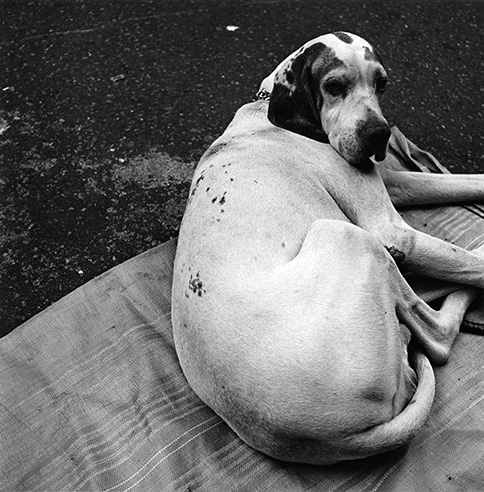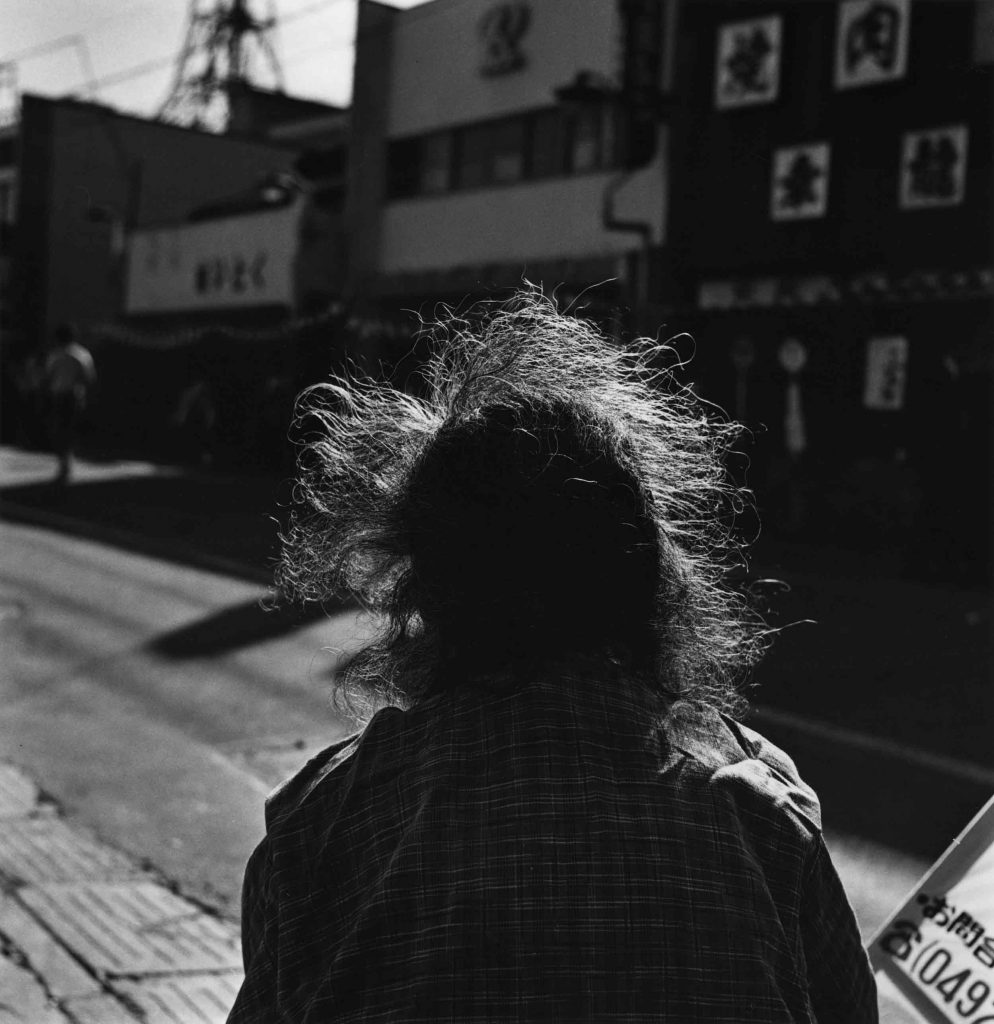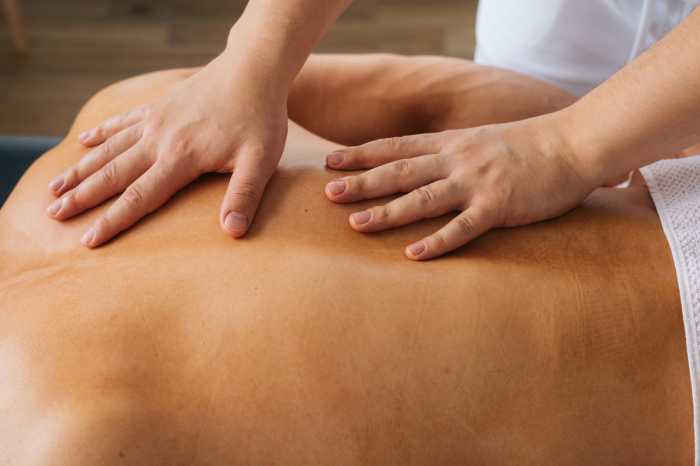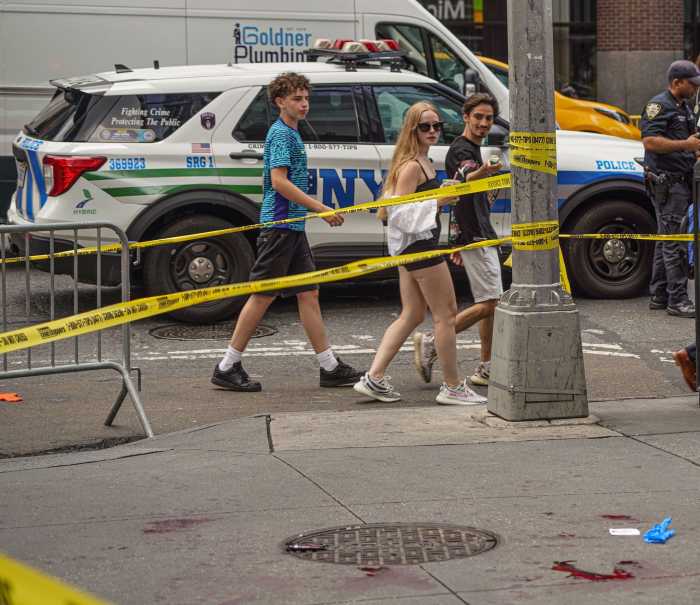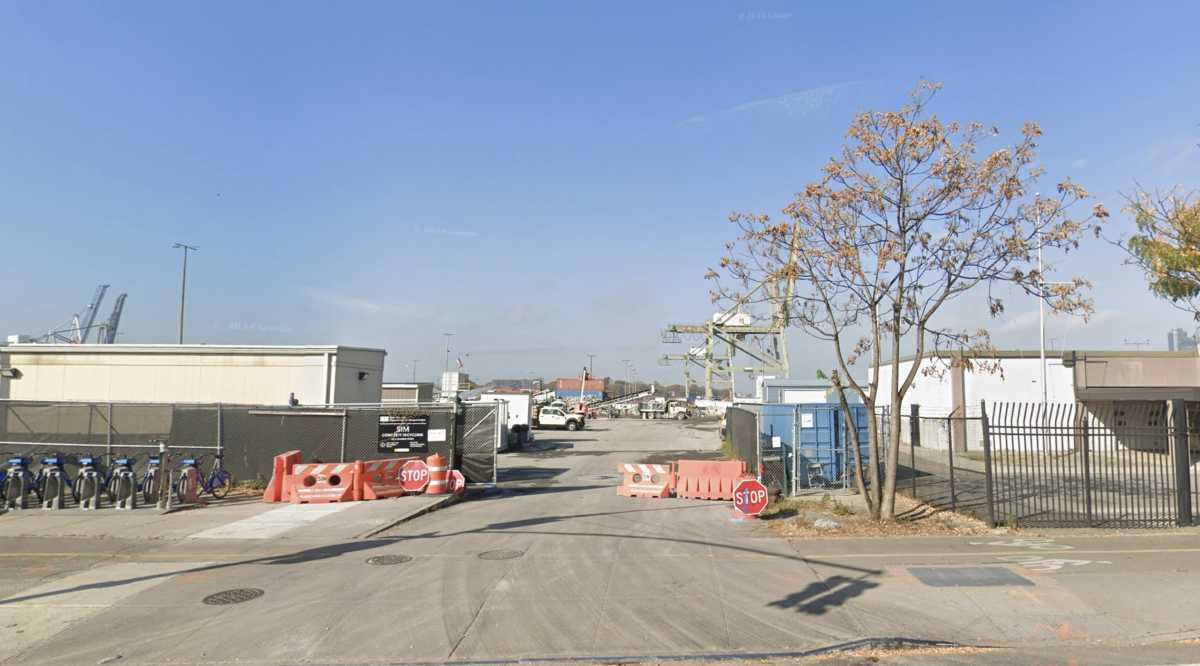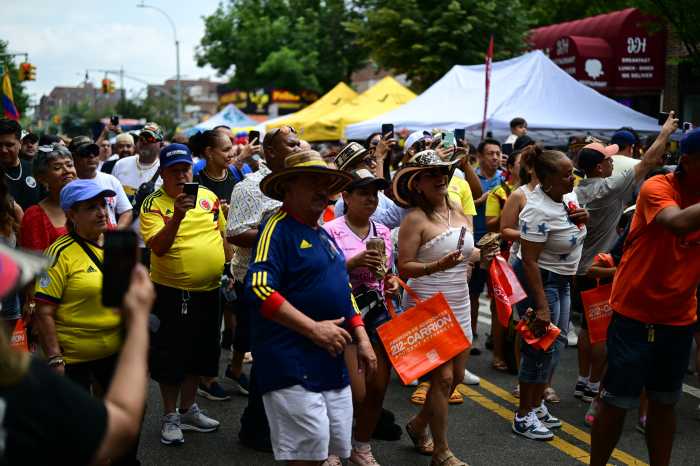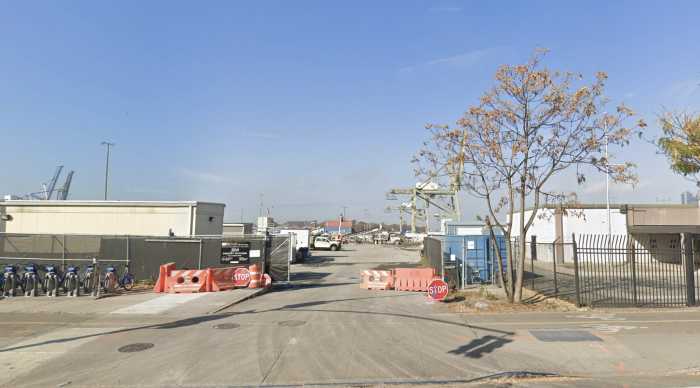An upcoming exhibition on the Upper East Side honors the work of award-winning Japanese photographer Issei Suda, who died last year.
“The Legacy of Issei Suda (1940-2019): Human Memory” opens Jan. 17 at the Miyako Yoshinaga Gallery, at 24 East 64th St. It features about 25 monochrome prints from Suda’s 1996 project “Human Memory,” which won the Ken Domon Award in Japan for photography.
Suda started his photography career in 1967 as a stage photographer for Japanese avant-garde theater. During his travels through Japan in the 1970s, he would focus on capturing street scenes and portraits of people in everyday life.
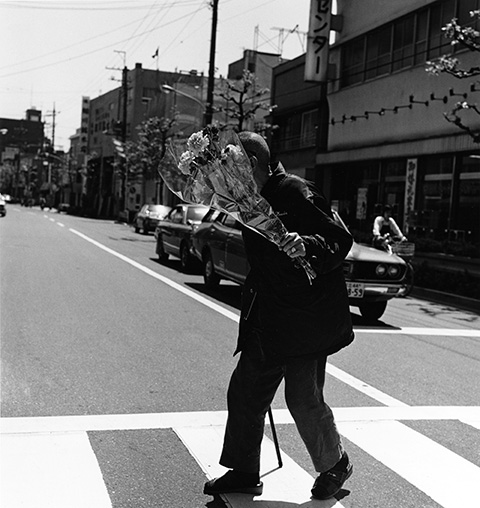
The photos in the upcoming exhibition were taken from the late 1970s to early 1990s in Japanese towns and villages.
“The scene is often drab and austere,” the exhibition says. “The vulnerability and naivety the viewer might feel perhaps stem from the rapid economic and cultural changes in Japan at the time. Suda typically pares his capture down and eliminates anything unnecessary from his square frame so that the viewer is drawn to ruminate on the mysterious essence of the subject.”
Suda’s work was previously featured at this gallery in the 2014 exhibition “Life in Flower: 1971-1979.” His work has been shown at exhibitions around the world and are in collections at many museums, including The National Museum of Modern Art in Tokyo, the J. Paul Getty Museum in Los Angeles and the Art Institute of Chicago.
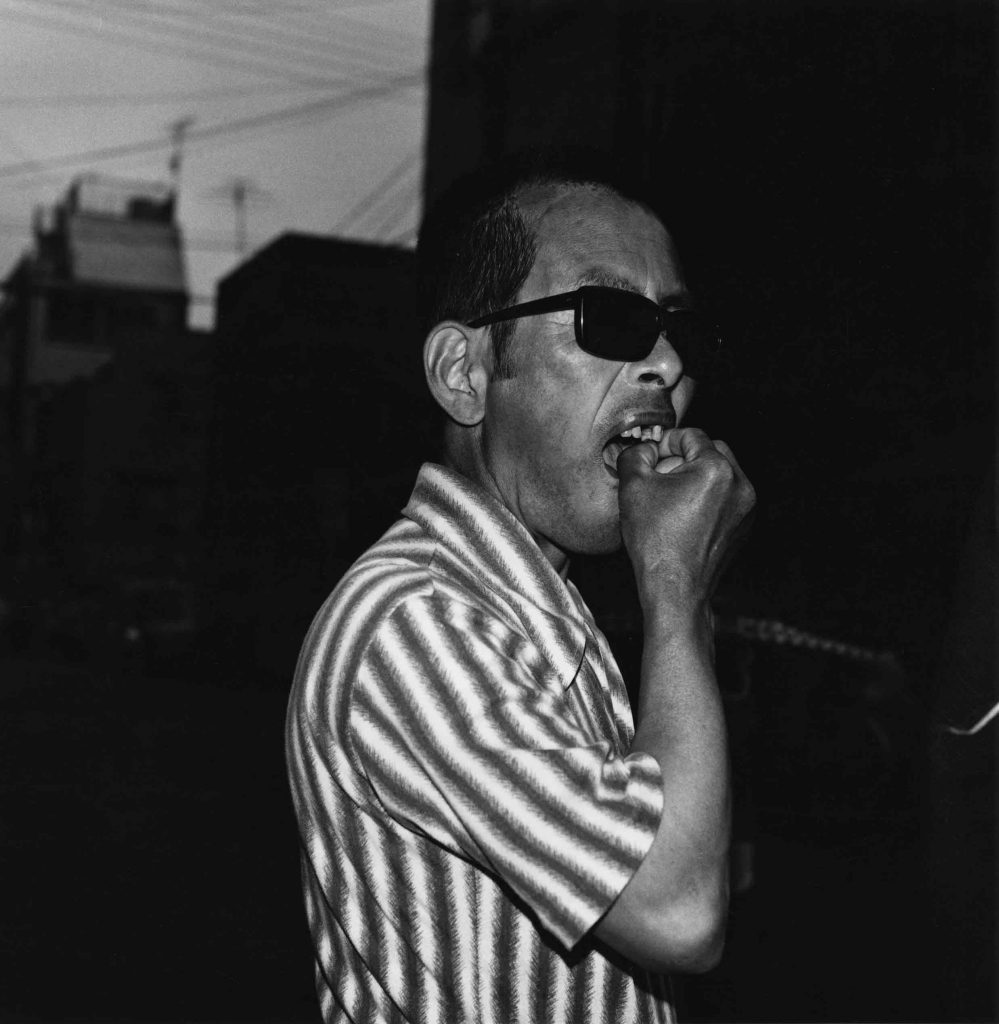
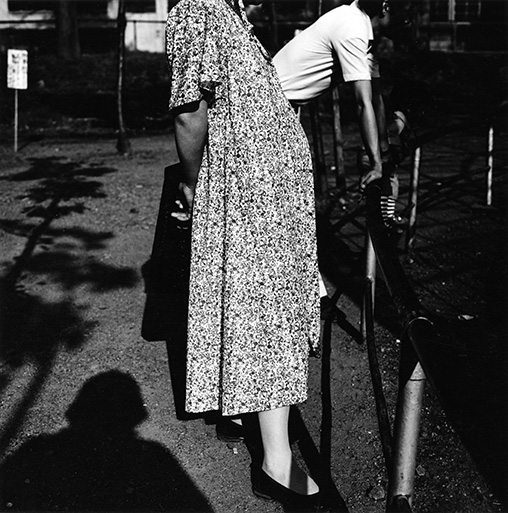
“In praise of shadow, Suda’s dark portraits and street scenes reveal the mysterious side of everyday life and otherworldliness,” said Miyako Yoshinaga, director of the gallery, “with a touch of affection, humor and tenderness. As Cartier-Bresson did for Paris, Suda did for Tokyo, and their achievements are both unique and universal.”
The exhibition will run until Feb. 29; more information can be found at www.miyakoyoshinaga.com.
